Long-Term Athletic Development vs. “Classes”
It feels like a daily occurrence that I receive phone calls from athletes and parents inquiring about the training I direct. Often, the player or parent wants a class to participate in, usually an off-season or pre-season workout that is geared towards their sport.
As I stated in my presentation in Fairfield a few months ago, our goal of long-term athletic development is ”to allow each individual athlete to reach their genetic potential in a healthy manner, both mentally and physically. This means minimizing injury and allowing fitness/sport to be a fun part of an athletes life regardless of the level of participation.”
Classes can be a way to introduce general skills to athletes. Most sports require many of the same movements as other sports, so a general approach to training can produce results, there is no denying that. The problem with classes are in-fact many.
- Athletes are often not screened or assessed for movement or orthopedic limitations.
If there is no assessment, how do you know what needs to be corrected? - Assessments are not looked at when altering a class.
What’s the point of assessment if your not going to use the information it provided? - Injury histories are not taken.
Previous injury is the #1 predictor for future injury. If you do not know how and why someone had a previous injury, how are you going to minimize the risk of it happening again? - Specificity of sport is not accounted for.
There is more than one way to skin a cat or train an athlete, but forcing every athlete to do the same thing without making modifications for the sport an athlete participates in or the position they play is often going to set them up for injury or less than optimal performance outcomes. - There is no change in programming for age or skill level.
I’ve seen classes where professional football players and 13 year old softball players are handed the same program (in front of each other). I can’t make this stuff up. The demands a growing adolescent girl and a professional football player are drastically different and should be accounted for. - The trainers/ coaches are awful and don’t know how to coach, let alone coach numerous athletes at the same time.
To be fair this can happen anywhere. I have walked into a division I college weight room and saw a female basketball team doing cleans; every single girl had a valgus collapse of their knees (some were actually smashing each other). And the coaches then wonders why they lose 4 of their 11 athletes to ACL tears that year.

Long-term athletic development is always the goal when an athlete comes and trains with me in either our 1 on 1 training, semi-private training, or our Sacred Heart Baseball Team. We start with the end in mind, not just 6 weeks from now, but years from now.
When training any clients, assessment always takes place on day one. If we find any drastic limitations or red flags, we elicit our physical therapists on staff to help diagnose the problem. In more sever cases, we refer out to a physician whom can help better address the problem. Our in-depth orthopedic and movement assessment along with injury history, personal/sport goals we are able to develop a program that allows us to attack limitations and strengthen weaknesses immediately. This allows us to set short-term and long-term goals for on and off the field.
Long-term athletic development is always an ongoing process, and needs constant attention. This means training in-season (even if frequency and volume is down) and training around injuries. To continually develop, athletes must push out of their comfort zone and work their weaknesses on an ongoing basis to maintain the skills and adaptations their body has attained from training and sport.
When looking to reach the highest possible ability in your sport look for qualified professionals that understand the demands of your sport and how to help you reach your goals. These professionals need to perform an in-depth assessment and let their assessment results dictate the training on top of age and injury history.
If you are looking for trusted professionals in your area please contact me and I will be glad to help you find the best in your area.


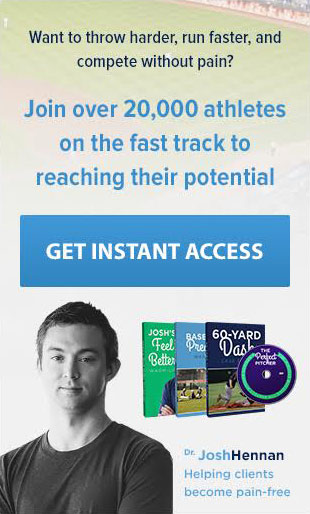
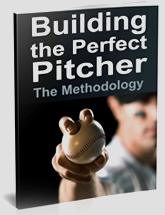
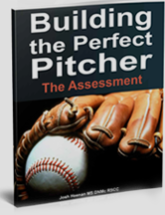
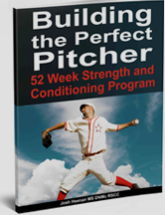
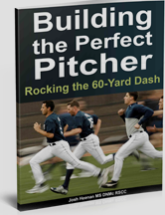




Leave a Reply